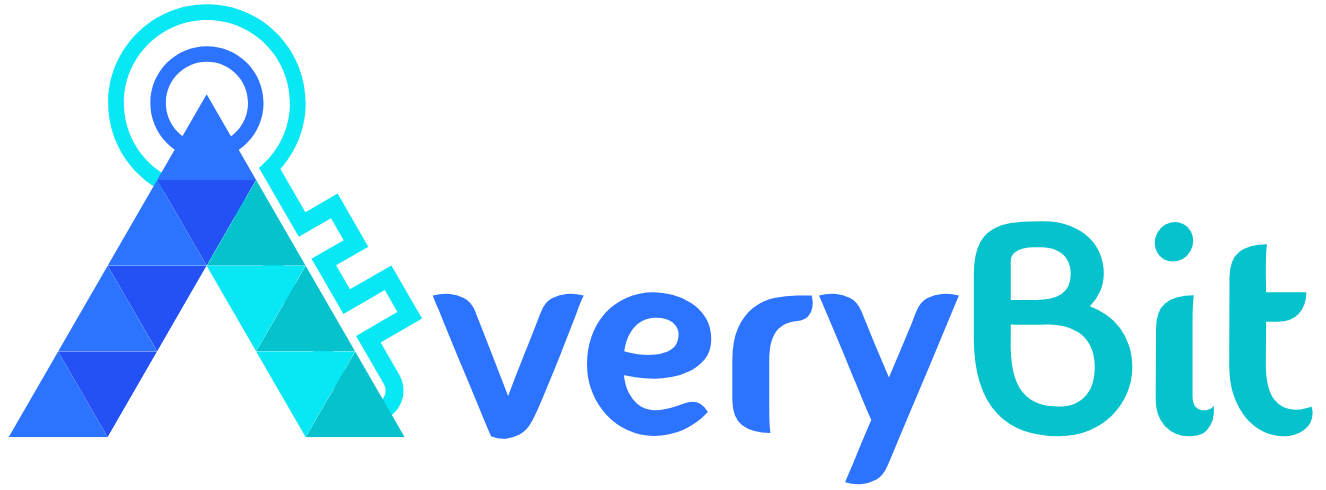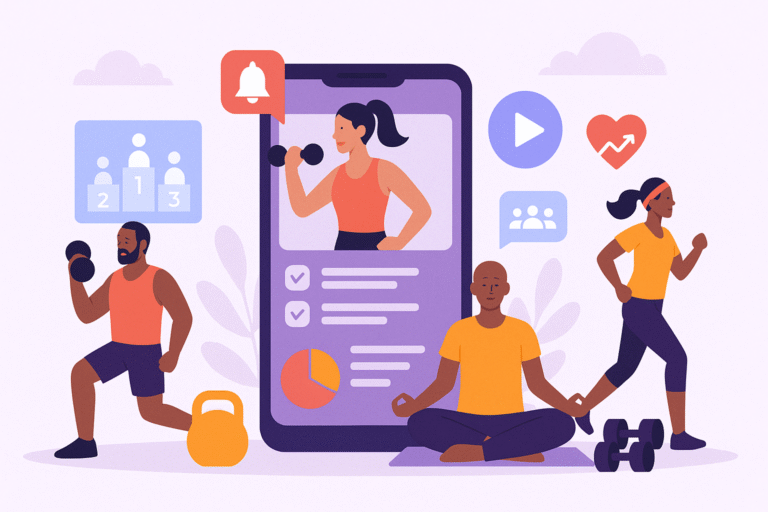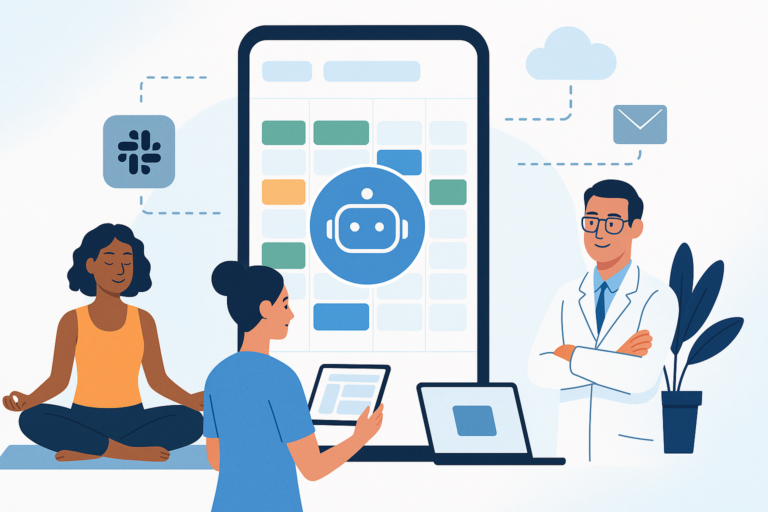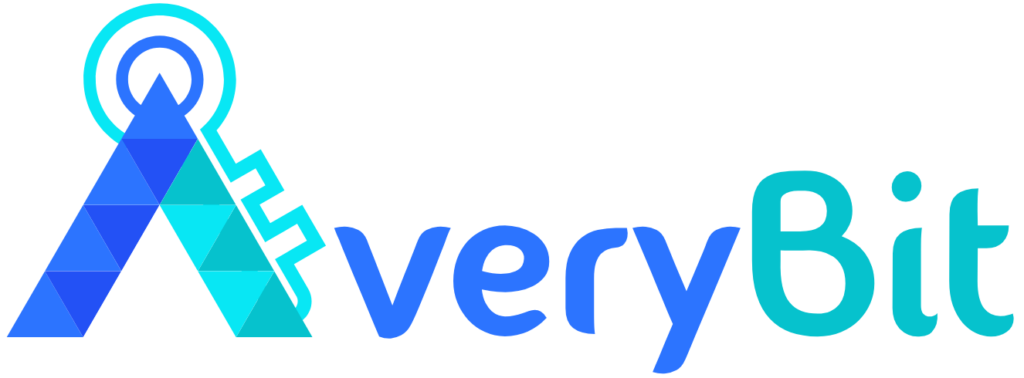Whether you’re an individual or an organisation, imagine having a smart assistant on your website or app that can answer questions, help customers, and even learn from conversations, day or night, without taking any breaks.
That is precisely what a modern artificial intelligence chatbot can accomplish.
Adding one to your business is now simpler than it has ever been, thanks to the newest technology.
Let’s investigate how Streamlit and LangChain enable this and why your company should be concerned.
What Is a Multi-LLM AI Chatbot?
A Multi-LLM AI chatbot is an extremely advanced conversational AI platform that utilizes and organises multiple large language models (LLMs) to give more dynamic, precise, and context-aware responses than traditional single-model chatbots.
Well, LLMs use neural networks, which are machine learning models that take an input and perform mathematical calculations to produce an output. The number of variables in these computations is are parameter. A large language model can have 1 billion parameters or more.
How Does It Work?
What happens when someone chats with your AI assistant:
- Input Analysis: A user types a message or their query into the chat window on the website. Which he wants to ask or talk about. The chatbot breaks it down into smaller units called tokens, which make it easy to process.
- Smart Processing and Analysis: The chatbot, built with LangChain, remembers the subject of the discussion. It uses this memory to understand what the question of user is, especially if it is a follow-up question.
- Choosing the Best Brain: The chatbot could use more than one AI model, for different tasks, and it will select the best one for the response. For example, one chatbot might be good at answering technical questions, while the other will shine in casual conversations.
Response Generation: According to the information provided in the previous analysis, the LLM makes a proper and clear response. This includes applying its ability to create natural-sounding language that responds to the question of user.
Multilingual Translation (If Necessary): When users provide input that is not in the LLM’s base language or they want the answer to be in another language, a translation module (like “text” for short) is enabled.
It makes certain that the response is accurately rendered in target languages.User Output: Finally, the created and potentially translated answer is presented to the user through the selected interface, indicating the completion of engaging with the given question.
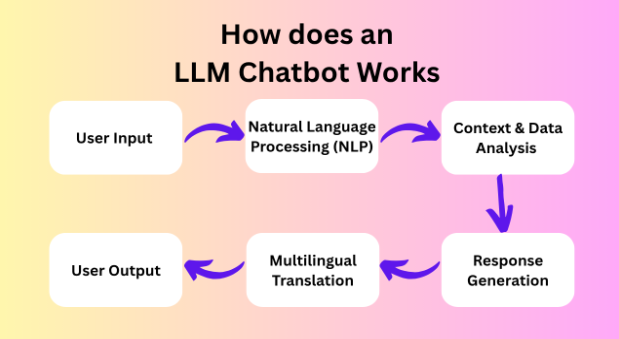
The Technology Behind It
Components | Role |
LangChain | Manages logic and decision-making between multiple AI models. |
Streamlit | Provides the user interface—a fast, interactive, web-based chat window. |
FAISS | Stores and retrieves your documents in real time for context-aware responses. |
LLMs (AI Models) | Language models like OpenAI, Gemini, Mistral, and GROQ power the intelligence behind responses. |
Real-World Applications
Online Stores
Customer Support
Education
HR & Internal Teams
Conclusion
Nowadays, Multi-LLM chatbots are transforming online interaction, making it smarter and faster. LangChain and Streamlit make building a smart chatbot easier than ever. For business, learning, or any other services. It’s an amazing way to enhance engagement with the user. Now this is the future of communication, don’t miss out.
Are you Ready to Build Your own LLM Chatbot?
Fill out the form below, and our team will get in touch with you for a free consultation.
